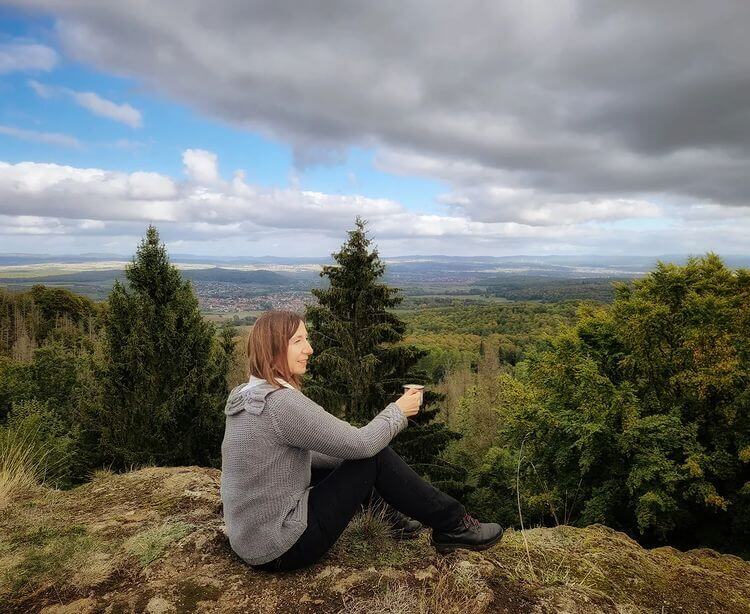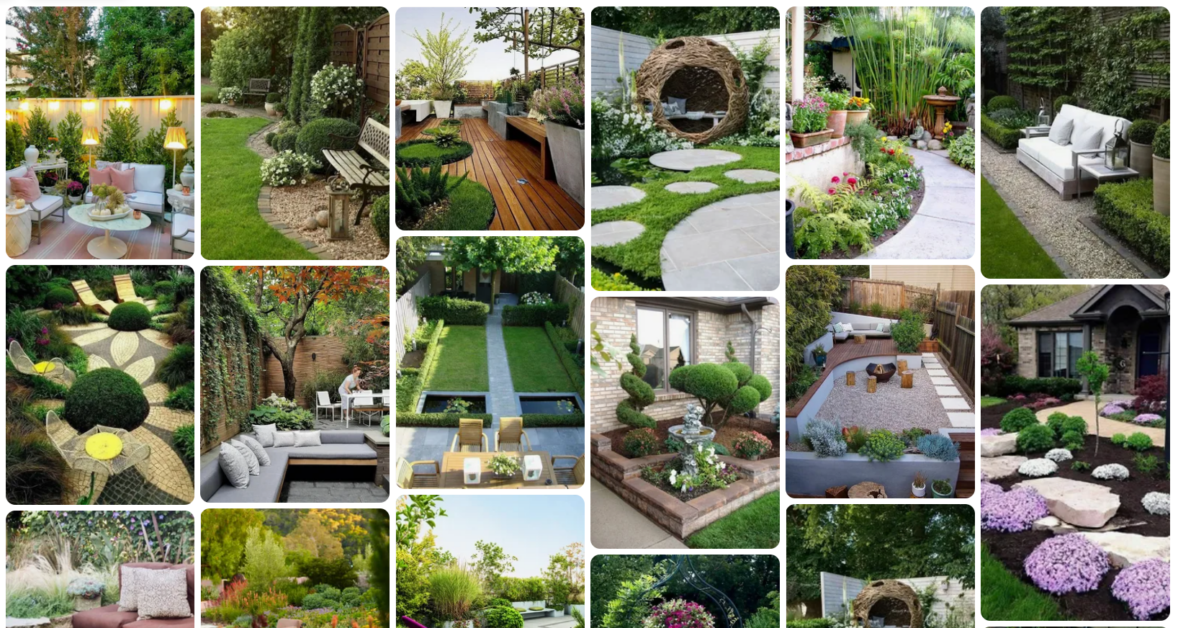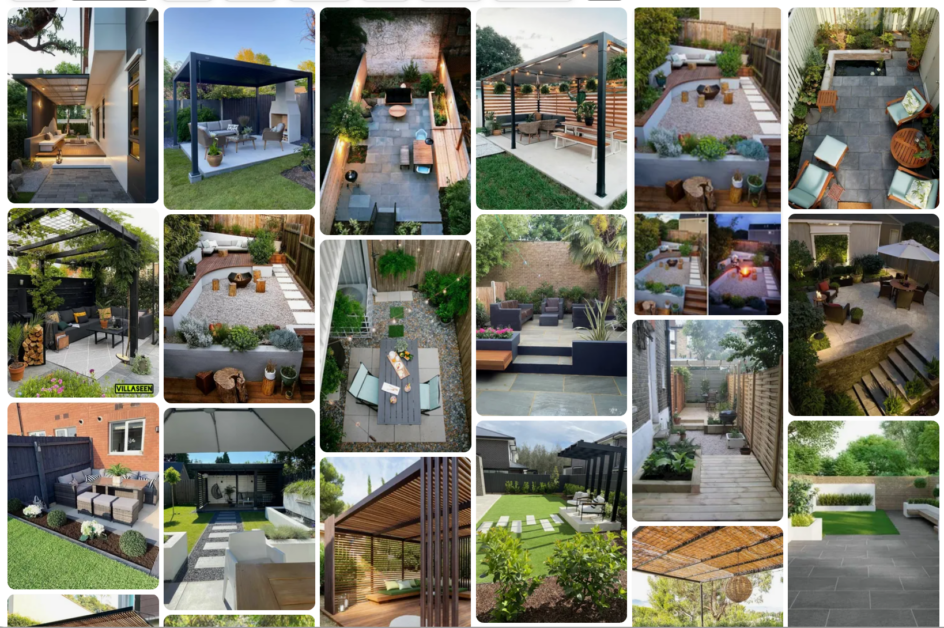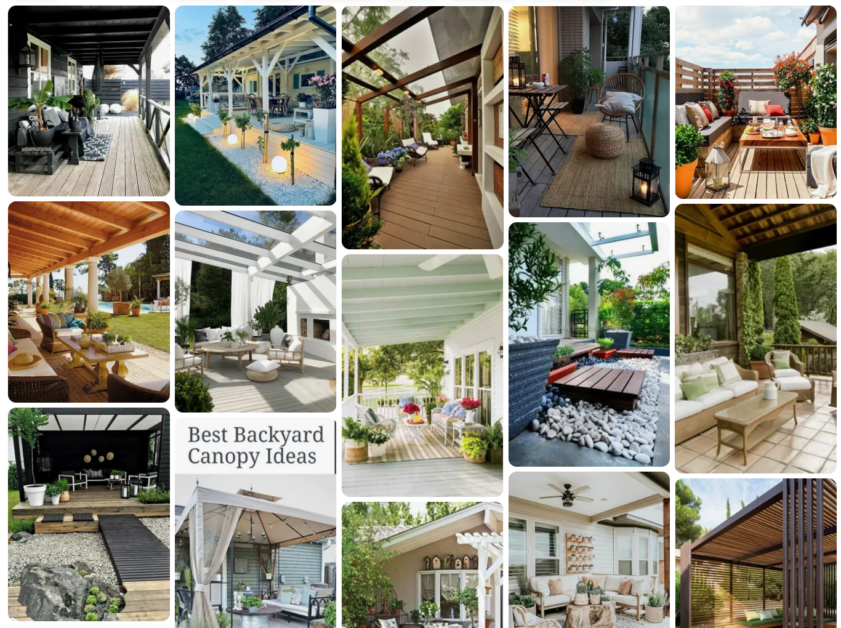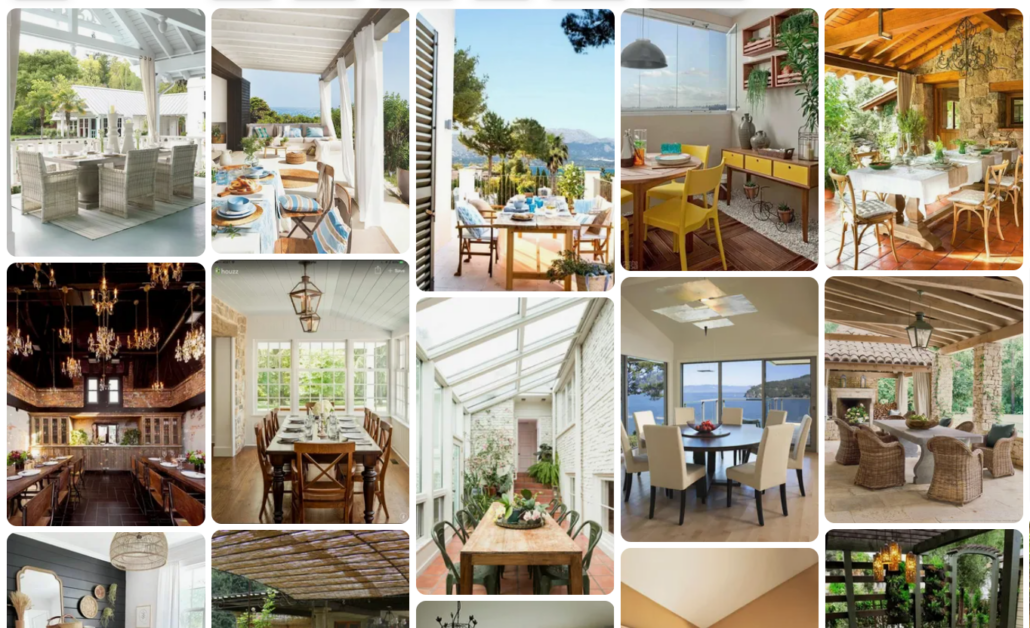A garden full of flowers enchants the eye, seduces the sense of smell and attracts a variety of insects, essential for the environment and for growing vegetables and fruit plants.
Shaping the flowerbeds, choosing the varieties, staggering the blooms and mixing shapes and colors is a real art.
Flower design is a matter of taste, but also of practice: a passionate hobby that offers continuous discoveries.
Furthermore, creating a flower garden is an excellent opportunity to stock up on cut flowers and create fantastic bouquets to display at home.
Find out how to design it and how to prolong its appeal month after month.
1. Flowerbeds and borders
How to make a flower garden? If you are starting from scratch , the first step is to define the layout and establish which areas to dedicate to blooms.
The ideal is to place them in a sheltered position and group them so as to form rather dense patches of color. Arranging the flowers inside the flowerbeds will help you take care of them and protect them from trampling and “incursions” by pets.


If there are trees and shrubs with a sapling shape in the garden, a spectacular solution is to place the flowerbeds at the foot of the plants.
If the tree in question is very large, be sure to choose varieties that like shade or filtered light.
Another area par excellence dedicated to flowers are the borders , placed along the perimeter or along the paths that cross the garden. If you have a lot of green space, the simplest thing is to plant a mix of wild flowers and let the “palette” take shape on its own.
2. Scalar blooms
The blooms are generally concentrated in the spring and summer seasons. The daffodils open the dance and suddenly enliven the garden with their white and yellow corollas.
Followed by the other bulbous plants and an infinite variety of flowers that ensure color and scent for many months.
In spring the roses also appear and reach their maximum splendor in May, surrounding themselves with annuals and herbaceous perennials of every shape and size.
How to create a flower garden that always offers new surprises? To ensure that its beauty is not too ephemeral, we recommend that you choose different varieties with staggered flowering : this way you can enjoy the garden until late autumn.
If you like a particular style, look at our ideas for English gardens and Italian gardens.
3. Color, color, color
The charm of a garden is given by various elements, first of all the color. Before buying seeds, bulbs and seedlings in bulk, try to understand the effect you want to achieve: mixing colors indiscriminately can give rise to a somewhat chaotic result.


The best thing is to focus on a limited set of colors and, perhaps, enrich it later with contrasting colors. For example, you can focus on blues, pinks and purples to create a garden with a romantic look.
Be careful when using yellow, red and orange which, with their very strong personality, do not always combine easily with softer shades.
4. Verticality
Once you have defined the basic color palette, you are already halfway there: all that remains is to take care of the design details.
For your garden you can focus on compact flowerbeds, with flowers of similar size and development – see the large masses of tulips – or play with heights.
A matter of taste: a flowerbed full of identical bulbous plants may be irresistible for some, a little monotonous for others. To create movement we recommend mixing plants with different heights or, alternatively, creating “layered” borders:
made up of taller plants (placed at the bottom) and shorter stems (placed in the foreground). To create verticality you can use alcea, dahlias and gladioli, but also veronica and mullein for a more “rustic” look.
Without forgetting climbing plants , perfect for covering walls, arches and trellis.
5. Terrain and exposure
How to create a flower garden that is always pleasant, lively and lush? Unless you have the ideal soil available – well drained and fertile – it is impossible to achieve this result without paying attention to the characteristics of the soil .
Not all flowers have the same needs: some love “poor” and loose soil – like the plants typical of arid gardens -, others more compact and humus-rich soil.


Some plants are very demanding when it comes to pH : such as hydrangeas, rhododendrons and azaleas which require acidic soil.
Also take into consideration the exposure needs , ensuring the right amount of sun (or shade) for your flowers, without underestimating the watering needs.
6. Perfume
Among the most beautiful experiences that a flower garden offers is the possibility of immersing yourself in a sea of perfumes and sweet scents which, in addition to delighting our senses, sail through the air attracting curious insects.
Let’s think, for example, of the calicanto that blooms in winter, or of the many olfactory suggestions offered by roses.
Sometimes, the flowering is not particularly noticeable to the naked eye and is noticed almost exclusively for its scent, as in the case of osmanthus .
Among the most intense fragrances, those of jasmine and lavender stand out, but there is no shortage of more delicate alternatives: such as that of camalia sasanqua which – in the right conditions – blooms in autumn and winter.
7. Honey flowers
As we have seen, a very important feature for the flower garden is the ability to vary flowering times.
Not only for an aesthetic question, but also an ecological one: if you care about the fate of bees – and other pollinating insects – the ideal is to ensure they have plenty of food for as long as possible.
Among the simplest honey plants to grow there are, for example, sage , which is also very popular with bumblebees.
As for timing, chrysanthemums stand out among late-flowering plants, available in numerous varieties and with an interesting (often underestimated) ornamental value. Without forgetting the early blooms , such as that of the Japanese medlar.
8. Edible flowers
Did you know that the flower garden can also reserve interesting “culinary” surprises? Nasturtium, marigold and violet are perfect for enriching salads and more.
The assortment of edible flowers to grow in the garden is incredibly wide: your dishes will gain in taste and health, not to mention aesthetics.
Speaking of cooking: if you love cultivating a vegetable garden, remember to dedicate a space to flowers useful for biological control (such as marigold) and, obviously, to aromatic herbs (often with excellent medicinal properties).
To set up your garden, don’t underestimate the contribution of fruit plants : their blooms are often spectacular, as in the case of the apple and cherry trees. Without mentioning the scent (see orange blossom!).
9. Containers
To make your flower garden even more beautiful, you can have fun experimenting with outdoor furniture and accessories . Planters and containers are essential elements from a practical point of view because they allow.
If necessary, repair the most delicate evergreen plants quickly when the weather changes. But also to create original and captivating effects: how about, for example, distributing hanging baskets here and there with hanging plants, such as alyssum or – for shaded positions – Streptocarpus saxorum or lobelia?

